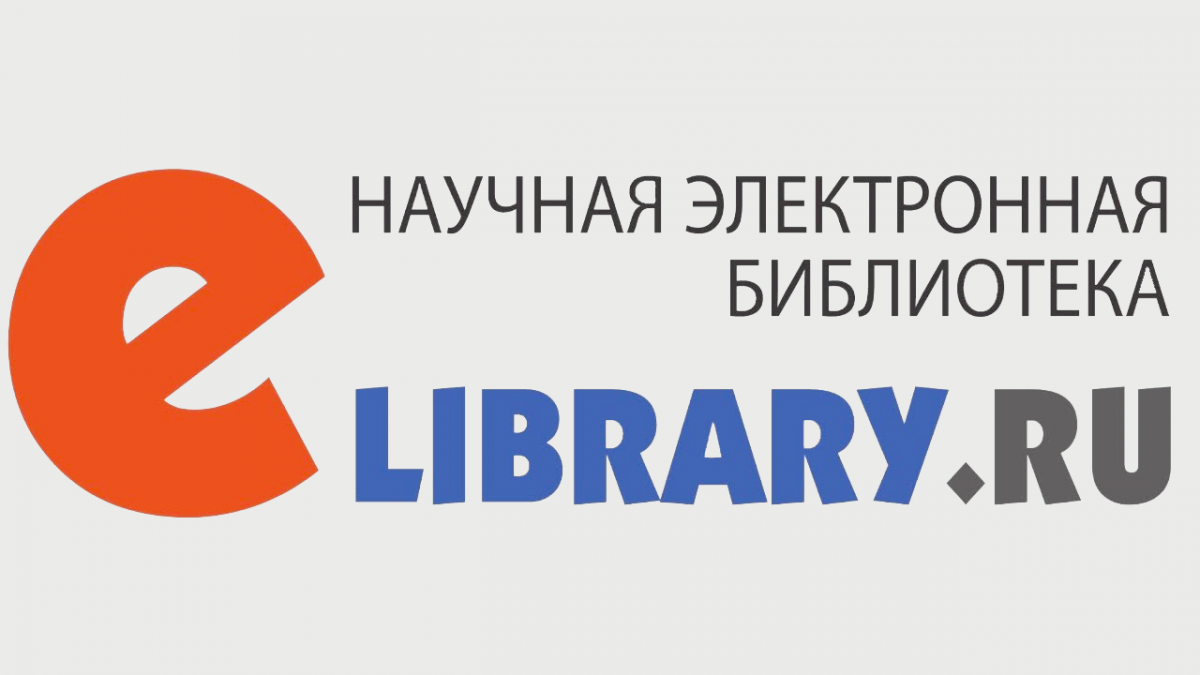Assessment of motor activity indicators of students of a special medical group
ˑ:
PhD, Associate Professor N.V. Minnikaeva1
PhD, Professor N.V. Kolesnikov1
PhD S.V. Shabasheva2
1North-Western Institute of Management Russian Presidential Academy of National Economy and Public Administration, St. Petersburg
2Kemerovo State University, Kemerovo
Objective of the study was to identify the dynamics of daily physical activity of students of a special medical group (SMG), to consider possibilities for its optimization based on motivation and goal setting.
Methods and structure of the study. Quantitative and qualitative assessment of motor activity (MA) of SMG students was carried out based on an analysis of the results of a pedometer, heart rate (built-in function in a smart watch/phone) and a survey of methods of physical activity, subjective opinion about its sufficiency and well-being at the end of the day according to SAN data (questionnaire “Well-being, Activity, Mood”). The study involved 566 people, including 376 girls and 190 boys, all belonging to the third health group (A) from two regions of the Russian Federation, the average age at the time of the study was 18.2 years, the experiment lasted 16 months.
Results and conclusions. The results obtained indicate that the average values of physical activity indicators in steps per day among SMG students vary from 4500 to 9000 depending on the time of year. The highest results were recorded in July, the lowest in October-November. It was experimentally shown that the results of motor activity in steps in boys and girls do not differ significantly, however, from the 1st to the 3rd course they tend to decrease; in the 2nd and 3rd course the data are relatively stable. The average values in which positive dynamics of well-being, mood and activity were noted were the results in the first year from 6500 to 7200, in the second and third years from 6300 to 6800 steps per day.
Keywords: motor activity, students of a special medical group, daily locomotion, motor activity in steps.
References
- Amosov N.M., Muravov I.V. Serdtse i fizicheskiye uprazhneniya [Heart and physical exercises]. Moscow: Znaniye publ., 1985. 64 p.
- Balsevich V.K., Zaporozhanov V.A. Fizicheskaya aktivnost cheloveka [Human physical activity]. Kyiv: Zdorovye publ., 1987. 226 p.
- Balsevich V.K. Ocherki po vozrastnoy kineziologii cheloveka [Essays on developmental human kinesiology]. Moscow: Sovetskiy sport publ., 2009. 218 p.
- Bondarevsky E., Grinenko M. Dvizheniye - eto zhizn [Movement is life]. Sportivnaya zhizn Rossii. 1983. No. 4. pp. 24-25.
- Rumba O.G. Sistema pedagogicheskogo regulirovaniya dvigatelnoy aktivnosti studentov spetsialnykh meditsinskikh grupp [System of pedagogical regulation of motor activity of students of special medical groups]. Doct. diss. (Hab.). Russian State Pedagogical University. St. Petersburg, 2011. 498 p.
- Rybachuk N.A. Teoriya i tekhnologiya formirovaniya kultury zdorovya studentov [Theory and technology of forming a culture of health among students]. Doct. diss. (Hab.). Krasnodar, 2003. 519 p.
- Bohannon RW: Number of pedometer-assessed steps taken per day by adults: a descriptive meta-analysis. Physical Therapist 2007, 87:1642-1650
- Tudor-Locke C, Bassett DR Jr: How many steps/day are enough? Preliminary pedometer indices for public health. Sports Med 2004, 34:1-8.

